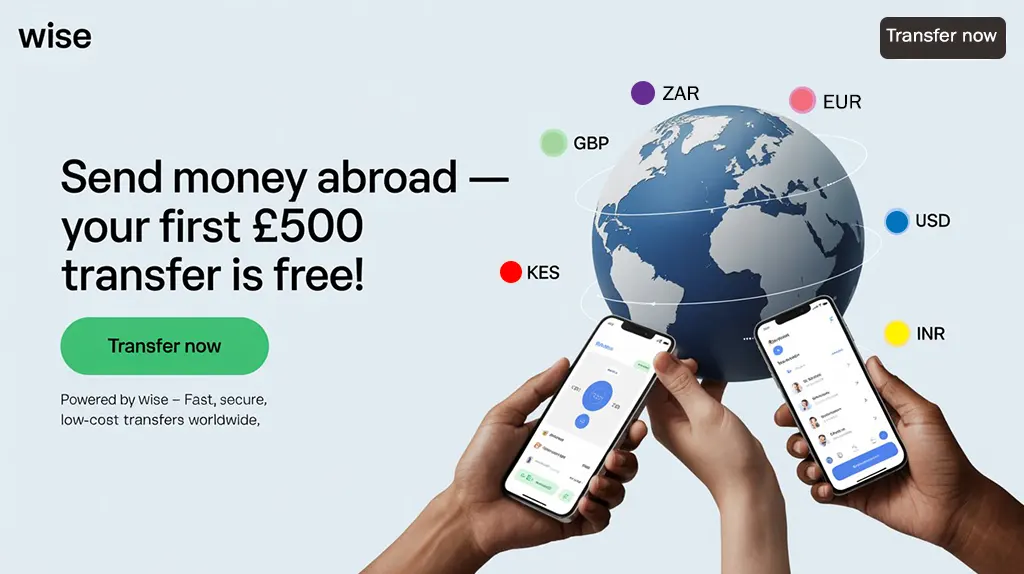With its new Android 16 desktop mode for Pixel devices, Google is taking smartphone productivity to the next level. Recently previewed for the Pixel 8 and Pixel 9 smartphones, this feature transforms your phone into a full desktop experience when connected to an external display.
Inspired by Samsung DeX and other desktop solutions, Android 16’s desktop mode promises seamless multitasking, improved app compatibility, and a more PC-like interface. Here’s everything you need to know about using it on your Pixel phone.
What Is Android 16 Desktop Mode?
Android 16 desktop mode allows Pixel users to connect their phones to a monitor, TV, or docking station and use a desktop-style interface. This feature is designed for:
- Enhanced productivity (multitasking with resizable windows)
- Gaming and media consumption (big-screen experience)
- Desktop-like browsing (better keyboard and mouse support)
Google has been refining this feature in recent updates, and early previews suggest it could rival Samsung’s DeX in functionality. However, it is important to note that desktop mode is officially supported only on Pixel 8 and Pixel 9 devices, which support DisplayPort Alt Mode via USB-C—a necessary hardware requirement for this feature to work smoothly (1).
How to Enable Desktop Mode on Pixel Phones
Currently, Android 16 desktop mode is in development and available through the Android 16 QPR1 Beta 2 update. If you want to try it early, you need to be enrolled in the Android Beta Program. Here’s how:
Prerequisites
- A Pixel 8 or Pixel 9 smartphone (these models officially support desktop mode via DisplayPort Alt Mode)
- Android 16 QPR1 Beta 2 or later
- A USB-C to HDMI adapter or compatible docking station supporting DisplayPort Alt Mode
- Optional: Bluetooth keyboard & mouse for a full desktop experience
Note: Wireless display connections such as Chromecast or Miracast are not officially supported for desktop mode at this time and may not provide the full desktop experience (2).
Step-by-Step Setup
- Connect your Pixel 8 or Pixel 9 to an external display using a USB-C to HDMI adapter or compatible dock.
- Enable Developer Options by tapping the Build Number 7 times in Settings > About Phone.
- Navigate to Developer Options and enable “Force desktop mode” or “Desktop experience features”.
- Once connected, your phone will switch to a desktop-style user interface on the external display.
Key Features of Android 16 Desktop Mode
Google’s implementation focuses on simplicity and performance. Here’s what you can expect:
- Resizable App Windows – Drag and adjust apps like on a PC.
- Taskbar for Quick Access – A taskbar-like interface to launch and switch apps.
- Improved Keyboard Shortcuts – Enhanced navigation with shortcuts (e.g., Alt + Tab).
- Better App Continuity – Some apps adapt their layouts for larger screens.
Important: While there is a taskbar, the current beta does not include a full Windows-style Start Menu. The interface is still evolving (1).
Limitations to Note
- Limited device support: Only Pixel 8 and Pixel 9 officially support desktop mode due to hardware requirements.
- App compatibility: Not all apps are optimized for the desktop interface; some will run in phone mode.
- Beta software: Expect bugs and occasional instability as the feature matures.
- No wireless desktop mode: Wireless casting solutions do not currently support the full desktop experience.
Why This Matters for Pixel Users
Google’s push into desktop mode signals a shift toward convergence computing—where your phone can replace a laptop for light productivity tasks. With the Pixel 9 rumored to have enhanced desktop support and optimized hardware, this feature could become a significant selling point for professionals and power users looking for a hybrid smartphone-PC experience.
Final Thoughts
While Android 16 desktop mode is still in its early beta stages and limited to Pixel 8 and Pixel 9 devices with compatible hardware, it represents a promising step toward a true hybrid smartphone-PC experience. If you own a supported Pixel and want to boost your productivity, enrolling in the Android Beta Program to try this feature is worth considering.
FAQs
1. Which Pixel phones support Android 16’s desktop mode?
Android 16 desktop mode is officially supported on Pixel 8 and Pixel 9 devices because they have the necessary hardware support for DisplayPort Alternate Mode via USB-C. Earlier Pixel models, including Pixel 6 and 7, do not support this feature due to hardware limitations (2, 1).
2. How do I enable desktop mode on my Pixel phone?
To enable desktop mode, you need to install the Android 16 QPR1 Beta 2 update, enable Developer Options by tapping the Build Number seven times, and then toggle “Enable desktop experience features” in Developer Options. After rebooting, connect your Pixel 8 or Pixel 9 to an external display via a USB-C to HDMI adapter that supports DisplayPort Alt Mode, and the desktop interface will activate (2, 3).
3. Can I use desktop mode wirelessly or on my phone’s screen?
Currently, Android 16 desktop mode requires a wired connection via USB-C with DisplayPort Alt Mode to an external monitor. Wireless display options like Chromecast or Miracast do not support the full desktop experience yet. Also, the desktop interface only appears on the external display; the phone’s screen remains in standard phone mode (2, 4).
References
- Google previews new Pixel desktop mode for Pixel 8 and Pixel 9 smartphones – NotebookCheck
- Try Android 16 Desktop Mode on Pixel Phones – Android Authority
If you want to stay updated on this evolving feature, watch official Google Pixel updates and Android Beta Program announcements.



